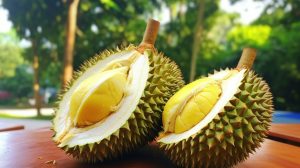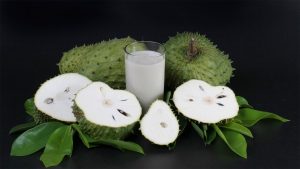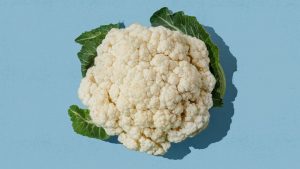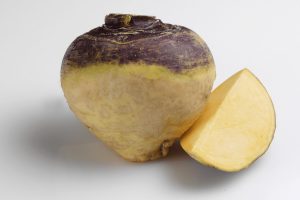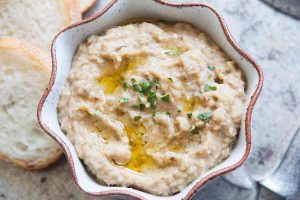
34 interesting facts about omelet
- 👁️ 2066
The omelet (or omelette) is a dish that has found its place in breakfast menus around the world, but its simplicity belies a rich and varied history. This versatile meal can be as simple or as complex as the chef desires, made with just eggs and butter or filled with a variety of cheeses, vegetables, meats, and herbs. The origins of the omelet are debated, with claims stretching back to ancient Persia, while others credit its creation to France or even Japan with their delicate Tamagoyaki. Regardless of its origins, the omelet has become a beloved staple in many cultures, each adding its own twist to the classic dish. Let’s crack into some interesting and informative facts about omelets that highlight their global appeal and culinary diversity.
- The word “omelet” is believed to have originated from the French word “omelette,” which is derived from the Latin “lamella,” meaning thin plate, indicating the flat shape of the dish.
- Ancient Persians made an early form of omelet called “kookoo sabzi” featuring eggs mixed with herbs.
- The first recorded omelet recipe appeared in a French cookbook in the 14th century.
- Napoleon Bonaparte is said to have popularized the omelet after enjoying one so much that he ordered the townspeople of Bessières, France, to gather all their eggs and make a giant omelet for his army.
- The town of Bessières now makes a giant omelet every Easter, using thousands of eggs.
- Spanish omelets, or “tortilla Española,” typically include potatoes and onions, differing significantly from the simpler French version.
- In Japan, a sweet omelet called “Tamagoyaki” is made by rolling together several layers of cooked egg and often served with sushi.
- The world record for the largest omelet was set in Portugal in 2012, where chefs used 145,000 eggs to create an omelet weighing over 6,466 kilograms (14,255 pounds).
- Omelets can be cooked using various methods, including frying, baking, and even steaming in some cultures.
- The classic French omelet, “omelette nature,” is known for its smooth, pale exterior with no browning, often cooked with just butter.
- Frittatas, an Italian version of the omelet, are typically started on the stove and finished in the oven, making them thicker than their French counterparts.
- Some culinary experts believe that adding milk to the egg mixture makes the omelet tougher, preferring water or cream as alternatives.
- Denver omelets, also known as Western omelets, traditionally include ham, onions, and green bell peppers.
- The phrase “to beat an egg” is derived from the process of making omelets, emphasizing the need to whisk the eggs thoroughly.
- In India, omelets often feature spices like turmeric and garam masala, reflecting the country’s rich spice culture.
- The French Culinary Institute holds an annual event where chefs compete to create the perfect omelet, judged on texture, color, and taste.
- The fold of the omelet is a subject of debate among chefs, with some preferring a tri-fold while others opt for a simple half-fold.
- Omelets are a popular choice for those on high-protein diets due to their rich egg content.
- Some regions in the Philippines make a stuffed omelet called “torta,” which includes ground meat and vegetables.
- The fluffy omelet, achieved by beating egg whites separately before folding them into the yolks, is a variation that results in a lighter, airier texture.
- According to food historians, Louis XIV of France celebrated his wedding with an omelet made from 1,000 eggs.
- In some cultures, omelets are traditionally eaten at the end of a meal rather than the beginning.
- The “hangtown fry,” a type of omelet including oysters and bacon, originated during the California Gold Rush.
- Omelets are often used as a dish to introduce children to cooking due to their simplicity and quick cooking time.
- Mushroom omelets were a favorite of Russian Tsar Alexander III, reportedly eaten every day for breakfast.
- In Iran, omelets are sometimes flavored with saffron, the world’s most expensive spice.
- A popular French dessert omelet, “omelette Norvégienne,” is similar to baked Alaska, made with ice cream and meringue.
- The “egg foo young” omelet, found in Chinese-American cuisine, is deep-fried and served with a savory sauce.
- It’s a culinary faux pas in France to serve an omelet with a browned or crispy exterior, as it’s considered overcooked.
- A technique for ensuring a creamy omelet interior involves cooking it on low heat and continuously stirring the edges towards the center.
- Some chefs use clarified butter for cooking omelets to avoid the milk solids burning at high temperatures.
- In the Middle East, “khai jiao,” a Thai omelet, is served with rice and sweet chili sauce, highlighting the dish’s versatility.
- “Omelette du fromage,” famously popularized by a cartoon, reflects the global love for cheese omelets.
- Cooking competitions often feature omelet-making contests as a test of a chef’s skill in managing simplicity and technique.
Omelets are a culinary chameleon, capable of adapting to the tastes and traditions of cultures worldwide. From a simple mixture of eggs and butter to elaborate fillings and toppings, the omelet’s versatility makes it a beloved dish for any meal of the day. Whether you’re a fan of the classic French omelet, the hearty frittata, or the delicate Tamagoyaki, there’s no denying the omelet’s place in the world of gastronomy. As we continue to experiment with ingredients and techniques, the omelet remains a testament to culinary creativity and simplicity.





